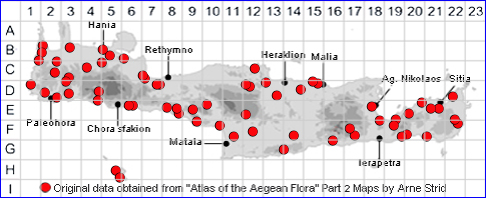
SPECIES DESCRIPTION
NERIUM OLEANDER
Family:- APOCYNACEAE
Common Names:- Oleander
Synonyms:- This plant has no Homotypic synonyms, but 47 Heterotypic
Synonyms. Link to List
Meaning:- Nerium (Gr) A name used by the Greek physician Dioscorides for
oleander.
Oleander (L) Derived from the old Latin name oleandra for the olive-like
foliage.
General description:- Robust evergreen shrub.
Stems:-
a) to 4 m.
b) erect, rather whippy.
c) exuding a milky latex when cut.
Leaves:-
a) opposite or in whorls of 3 or 4.
b) narrow-elongated to lance-shaped.
c) leathery (coriaceous), rather dull green.
Flowers:-
1) Inflorescence:
a) in a terminal corymbose.
b) pink, red or white, fragrant.
2) Corolla:
a) cylindrical below, funnel-shaped (infundibuliform) above, throat wide,
30-40 mm. with 5 large, slender lobe-like (laciniate) scales.
b) lobes overlapping to the right in bud.
3) Anthers:
a) adhering to the stigma, with appendage. Disc absent.
Fruit:-
1) Follicles:
a) united until just before dehiscence.
2) Seeds:
a) numerous,
b) tomentose, apically comose.
Comments:-
Every aspect of this plant is very poisonous.
Habitat:- By brooks and streambanks, seasonally dry, gravelly beds of small
watercourses. 0-700 m.
Distribution:- Throughout Greece, at low altitude; lacking in the interior and most of
the NE; frequently planted along roads. Widespread in the Mediterranean area, N
Africa and SW Asia. Widespread and common on Crete.
Flowering time:- May-Aug.
Photos by:- Steve Lenton
